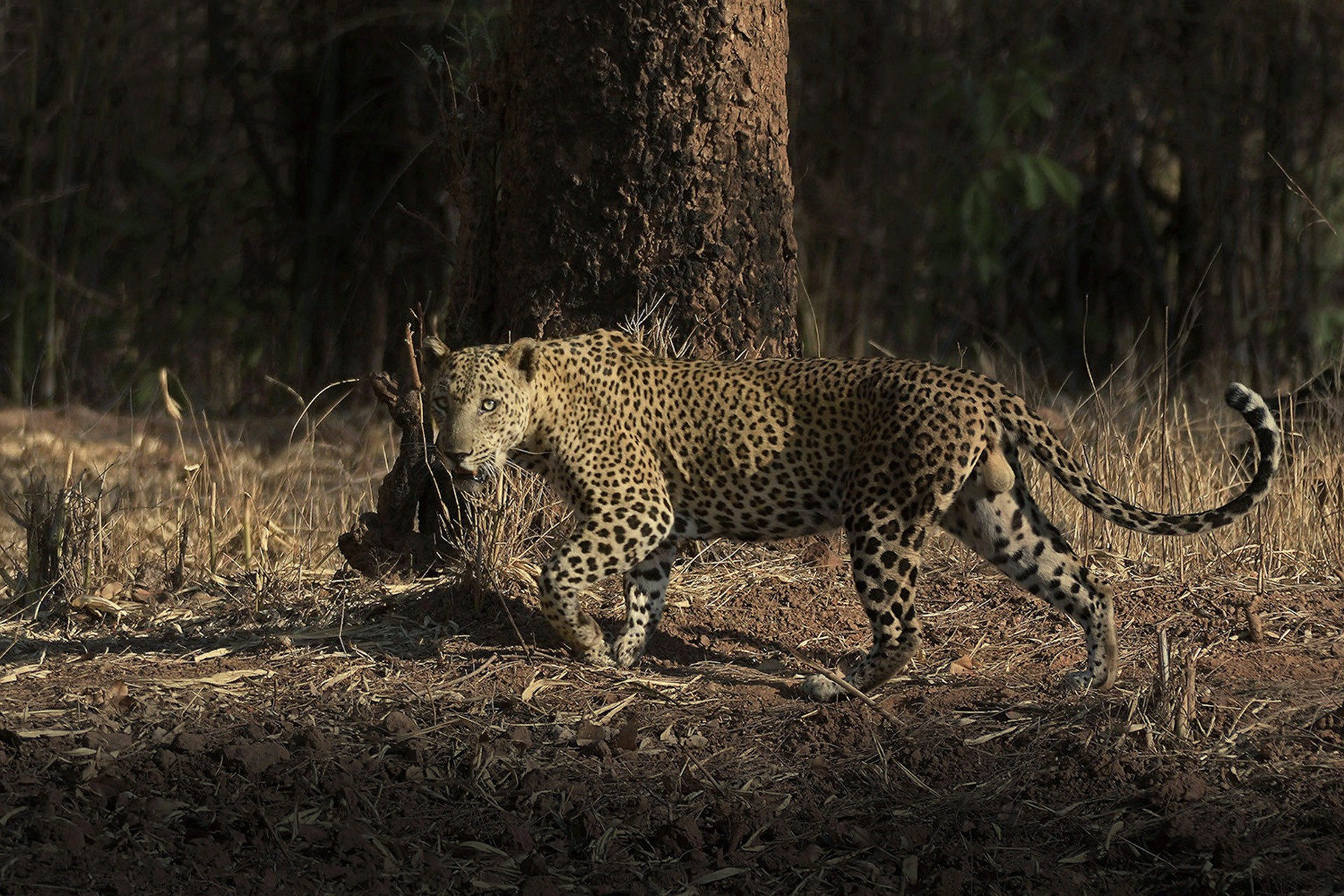Cookies:
Our site uses “cookies” to enhance visitor experience and improve the speed of the site. We do not use cookies to collect any personal information or sensitive information.
Cookies on natureinfocus.in are used by our third-party vendors and us. Cookies are used for the following reasons:
- Third-party vendors, including Google, use cookies to serve ads based on your prior visits to the website.
- Google’s use of the DoubleClick cookie enables it and its partners to serve ads to you based on your visit to this website.
- You may opt out of using the DoubleClick cookie for interest-based advertising by visiting Ads Settings. (Alternatively, you can direct users to opt out of a third-party vendor’s use of cookies for interest-based advertising by visiting aboutads.info.)
We also use cookies to collect visitor statistics, which helps us improve our website.
Google Analytics – We use Google Analytics for tracking statistics on visitors and website traffic. It may collect visitor location, IP or any other information. Privacy Policy of Google Analytics is owned by Google.



















